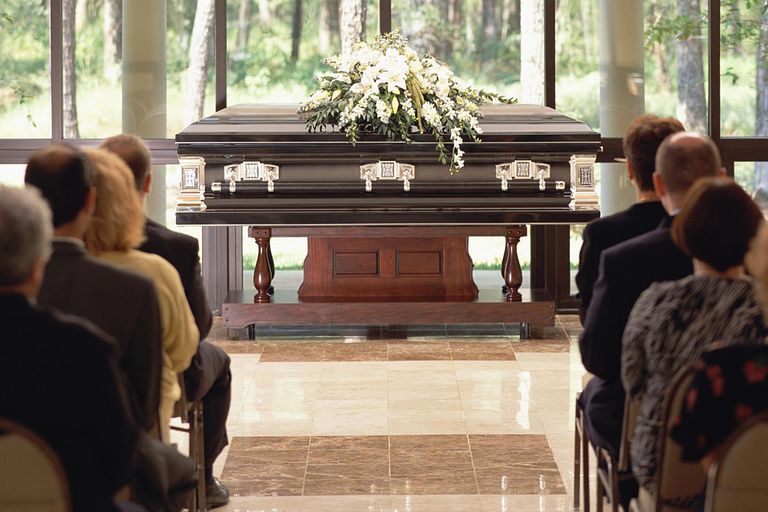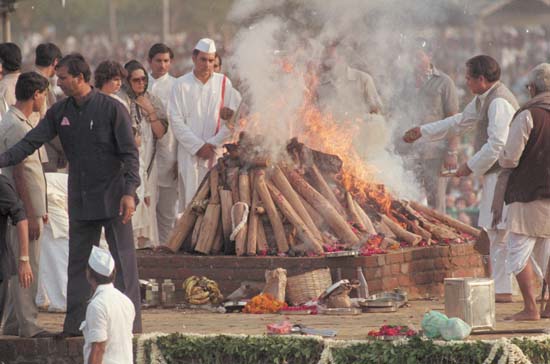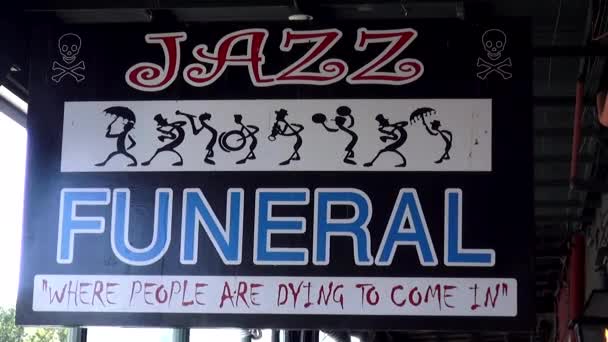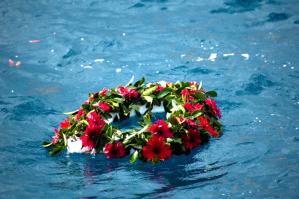Australia has a predominantly western culture. It was once a colony and hence British and Christian customs prevail among much of the present populace. However, Australia is home to many ethnicities and hence there are various customs, traditions and rites of these different cultures.
Modern Australia is home to indigenous peoples including aborigines, Australians who are mostly descendants of Europeans, islanders of Torres Strait and South Sea, Anglo-Celtic people, Asians including people from Philippines, Indonesia, China, Thailand and India, Africans, Irish, Americans, Sudanese, Arabs, Ghanaians and New Zealanders. There are people of Turkish, Armenian, Assyrian and Latin American origins as well.

Australia is home to Christians, Jews, Muslims, Sikhs, Hindus and Buddhists. There are people practicing other lesser known religions. Many tribes, especially Norfolk Islanders, Coptic Australians, Hazaras and Koori have their own distinct rites and rituals. In such a potpourri, it is obvious the various cultures will have their distinct funeral customs, traditions and rites. Here is a brief overview of the distinct funeral customs, traditions and rites across different cultures.
• Aboriginals have elaborate funeral rituals. The practices are most vividly observed in Northern Territory. The first ritual is a smoking ceremony that is usually held in the living area of the loved one who has died. This custom is specifically to drive the spirit away. The next ritual is a feast. The feast is attended by mourners. The family and the community get together, dance and feast during the ritual. The body of the deceased is placed on a platform and it is covered with leaves. The body is neither cremated nor buried. It is allowed to decompose. This is a distinct tradition that is not practiced by many tribes.

• There are many unique funeral customs, traditions and rites across different cultures around the world and more details can be obtained at this site.
The jazz funeral in New Orleans is a distinct practice, so are burial beads in South Korea and traditions in Philippines. Filipino death rituals among several ethnic groups require blindfolding the dead and placing the body adjacent to the main entrance of their house. This is not a universal practice among all tribes in Philippines. Some ethnicities dress the bodies of the dead and they usually choose the finest clothes. The body of the deceased is made to sit on a chair and a lit cigarette is placed in their mouth, between the lips. Another ethnicity in the country buries the body of the deceased in a tree trunk that has been hollowed out. There is also a ritual of burying the body of the deceased under their kitchen.

• The three most common funeral customs, traditions and rites in Australia are influenced by religions. The Christians and Jews bury their dead but the services are quite different. Muslims also bury their dead and they have distinct services as well. Hindus cremate their dead and there is an elaborate ritual before that. Hindus also have specific customs to follow in regards to the ashes. Most Hindus scatter the ashes after the cremation of the deceased in a water body. Some Hindus store the ashes, in an urn or in a special structure. Christians, Jews, Muslims and Hindus have different mourning practices as well.
• Tibetans and Mongolians have sky burial. The Buddhists in these two regions believe in transmigration of the soul or spirit post death. Buddhists all over the world believe in reincarnation and hence the concept of moksha or nirvana that frees the soul or spirit from the cycle of birth and rebirth. Balinese cremation is another distinct ritual. Massive bamboo platforms are created with wooden bull and dragon. There is a procession before the cremation and it is quite common for several deceased bodies to be cremated simultaneously.
• An increasing number of Americans are choosing green funerals for the loved ones. These are environment friendly burials. The embalming processes are skipped. Concrete vaults are not used. Instead, people are opting for biodegradable caskets, weaved with willow. These caskets decompose naturally in the ground. There are presently forty such cemeteries in the United States that offer environment friendly burials.

• Madagascar has a ritual called turning of the bones. It is practiced by the Malagasy people. The ritual is locally known as famadihana. Families organize a celebration once in five or seven years when the crypts of the deceased are wrapped in a piece of cloth and exhumed. Perfume or wine is sprayed over them and the immediate family and relatives dance around to pass on news to the departed souls. They seek blessings of their ancestors during the ritual. Those familiar with the lives of the deceased tell their stories to the younger generations.

• Ghanaians have a ritual of using fantasy coffins. Those who want to celebrate their life and work use coffins to reflect the same. This is not an age old practice. It has become kind of a fad in recent times but it is catching on. Many such contemporary changes are being brought about in many cultures. People are not always following their traditional rituals stringently. Some cultures require fasting, some demand abstinence from specific foods and drinks, some traditions dictate a certain kind of lifestyle during the mourning period and the span of time when families should mourn also varies from one custom to another.
It is not uncommon for some families to have their own version of a tradition. This is especially true for royal families and also those who have a long traceable history. Families that have a documented history of several hundreds of centuries usually have certain familial elements in the funeral ceremony. These are not binding religiously or culturally but are significant for the family and immediate relatives.
Australia has some of the most liberal funeral laws in the world. While there are laws requiring funeral services to be within the ambit of environmental regulations, there is sufficient liberty for all cultures to practice the kind of ceremony, custom, rite or tradition they have been observing for centuries.
Thanks, Salina Cone for allenfamilyfuneraloptions.com
It’s interesting to know about how funerals are conducted in different cultures such as in Australia that regulations are more liberal may it be in terms of cultural tradition or personal choices. Reading this had made me wonder how I would like my rites to be someday. I think it’s always a good idea to prepare for these kinds of things.